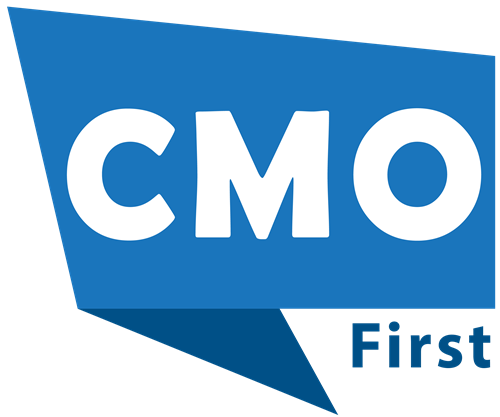TAG (Trustworthy Accountability Group), the global certification program to strengthen safety and transparency in digital advertising, launched “Project Brand Integrity 2.0” (PBI 2.0), a significant expansion of TAG’s proven anti-piracy initiative to defund the criminals who profit from stolen content while protecting advertisers from unintentional exposure to unsafe websites.
Through PBI 2.0, TAG will leverage new partnerships with the industry’s major ad tech intermediaries to cut off funding from pirate websites through a comprehensive pre-bid exclusion list, thus preventing pirate sites from monetizing stolen intellectual property (IP). By incorporating real-time intelligence on new pirate domains from TAG’s Ad Sec Threat Exchange and TAG member companies, PBI 2.0 will protect brands while preventing ad dollars from reaching those illegitimate sites.
“Project Brand Integrity 1.0 was incredibly effective but hard to scale, as it involved a time-consuming manual process of notifying advertisers when their ads were found on pirate sites,” said Mike Zaneis, CEO of TAG. “Although most advertisers took action when alerted to such misplacements, the money often had already changed hands, and the criminals quickly moved their efforts to new domains. PBI 2.0 helps automate, expand, and accelerate that process by blocking the money to pirate sites in advance through pre-bid intermediaries, so it never reaches the criminals in the first place.”
The new pirate domain exclusion list is being built and maintained through the TAG AdSec Threat Exchange, the industry’s leading forum for sharing threat intelligence, through collaboration with participating companies and other TAG members, while also utilizing open-source resources and intelligence on pirate domains.
“Fast-changing threats like the pirate domains created by content thieves require real-time collaboration and intelligence sharing to develop a rapid, cross-industry response,” said Michael Lyden, TAG’s VP of Threat Intelligence. “PBI 2.0 will leverage TAG‘s proven collective defense model to create, manage, and disseminate an exclusion list of offending piracy-related domains for use across the global advertising industry.”
SOURCE: PRNewsWire

























Leave a Reply